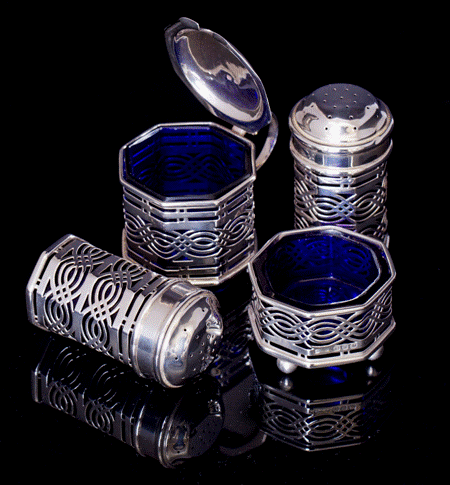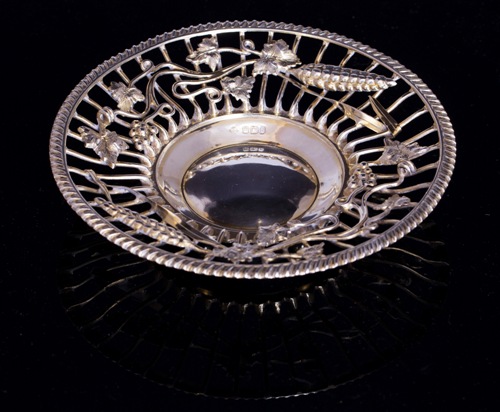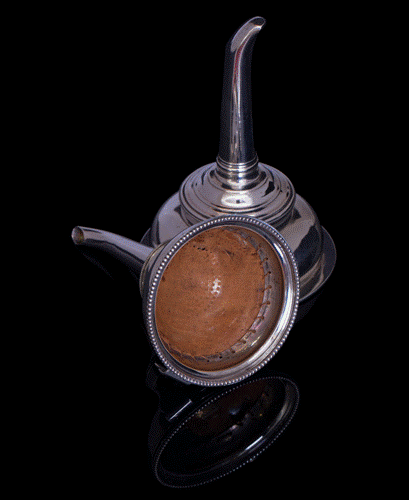 |
Edwardian Silver
The Edwardian era or Edwardian period in the UK is the period covering the reign of King Edward VII, 1901 to 1910.
The death of Queen Victoria in January 1901 and the succession of her son, Edward, marked the start of a new century and the end of the Victorian era. While Victoria had shunned society, Edward was the leader of a fashionable elite which set a style influenced by the art and fashions of continental Europe, perhaps because of the King's fondness for travel.
The Edwardian period is frequently extended beyond Edward's death in 1910 to include the years up to the sinking of the RMS Titanic in 1912, the start of World War I in 1914, the end of hostilities with Germany on November 11, 1918, or the signing of the Treaty of Versailles on June 28, 1919. By the end of the war, the Edwardian way of life, with its inherent imbalance of wealth and power, had become increasingly anachronistic in the eyes of a population who had suffered in the face of war and who were exposed to elements of a new mass media which decried the injustice of class division.
|
 |
Victorian Silver
The Victorian era of the UK was the period of Queen Victoria's reign from June 1837 until her death on the 22nd of January 1901.
The reign was a long period of prosperity for the British people, as well as industrial improvements at home.
The era was preceded by the Georgian period and succeeded by the Edwardian period.
The era is often characterised as a long period of peace, known as the Pax Britannica, and economic, colonial, and industrial consolidation , temporarily disrupted by the Crimean War, although Britain was at war every year during this time.
The reign of Victoria is the longest in British history ; it would be exceeded if the present monarch (Queen Elizabeth II) remains on the throne to 2015.
|
 |
Georgian Silver
The Georgian era is a period of British history, normally defined as including the reigns of the Kings of the United Kingdom of the House of Hanover: George I, George II, George III, and George IV, i.e. covering the period from 1714 to 1830, (with the sub-period of the Regency, defined by the Regency of George IV as Prince of Wales during the illness of his father George III). Often, the short reign of King William IV (1830 to 1837) is also included.
The term "Georgian" is normally used in the contexts of social history and architecture.
|






